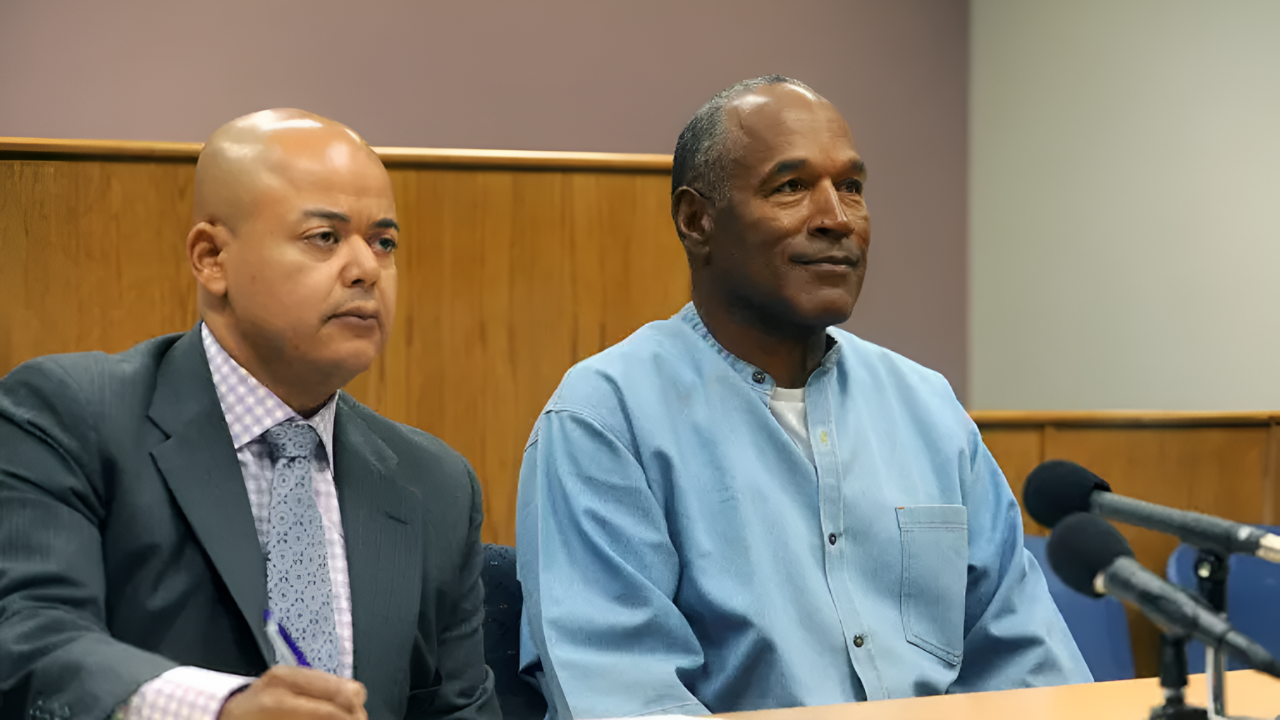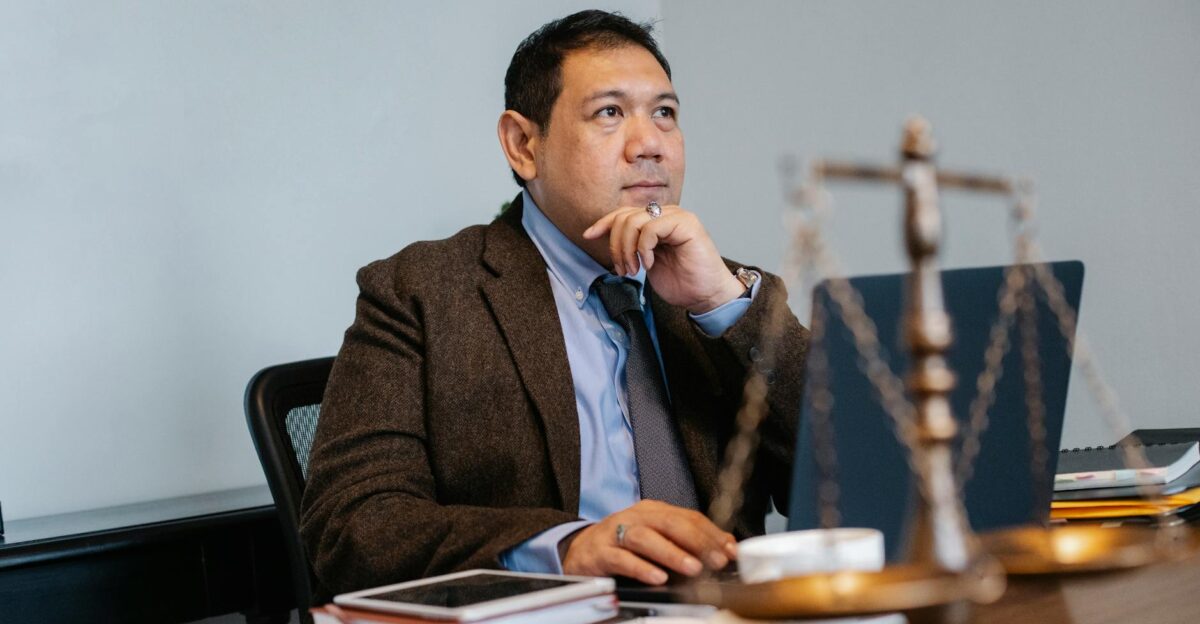
For more than three decades, Fred Goldman’s pursuit of justice for his son Ron Goldman has played out in courtrooms and creditor claims, shadowed by the enduring notoriety of O.J. Simpson. Now, with Simpson’s estate valued at less than $600,000 and a $57.9 million creditor claim finally accepted, the Goldman family’s relentless legal battle stands at a turning point—though the outcome remains as complex as ever.
The Night That Sparked a National Obsession

On June 12, 1994, the bodies of Nicole Brown Simpson and Ron Goldman were discovered outside Nicole’s Los Angeles home. Ron, a 25-year-old waiter, had stopped by to return a pair of glasses left behind by Nicole’s mother. The brutal double homicide shocked the country, instantly transforming a private tragedy into a public spectacle and setting the stage for one of the most watched criminal trials in American history.
A Trial That Divided America
O.J. Simpson, a former football star and actor, was arrested after a televised low-speed chase that riveted millions. His criminal trial began in January 1995, featuring a celebrity defense team and wall-to-wall media coverage. The proceedings, dubbed the “Trial of the Century,” exposed deep divisions in American society and became a cultural touchstone. After less than four hours of jury deliberation, Simpson was acquitted of all charges on October 3, 1995—a verdict that stunned many who believed the evidence was overwhelming. For Fred Goldman, the acquittal marked the start of a new, protracted fight for accountability.
Civil Court and the Search for Accountability

Refusing to accept the criminal verdict, Fred Goldman and the family of Nicole Brown Simpson filed a civil wrongful death lawsuit against Simpson in 1996. The civil trial, held in Santa Monica, allowed evidence excluded from the criminal case, including Nicole’s diary entries detailing abuse. In February 1997, the jury found Simpson liable for both deaths, awarding the Goldmans $8.5 million in compensatory damages and $12.5 million in punitive damages, with a similar sum for Simpson’s children by Nicole. The total judgment reached $33.5 million, offering the Goldmans legal validation but not closure.
Simpson, however, shielded his assets through bankruptcy and by moving to Florida, where state law protected his NFL pension from creditors. For years, Goldman tracked Simpson’s finances, pursued memorabilia sales, and filed legal motions, but Simpson continued to live comfortably, largely insulated from the judgment.
A Relentless Pursuit Across Decades
The Goldmans’ pursuit of the civil judgment became a saga of persistence. While other creditors gave up, Fred Goldman pressed on, hiring forensic accountants and investigators to trace Simpson’s assets. Even after Simpson was convicted in 2008 for armed robbery and kidnapping in Las Vegas—a separate case involving sports memorabilia—Goldman continued his efforts. Simpson served nine years in prison before being released on parole in 2017, living quietly in Las Vegas until his death from prostate cancer in April 2024.
A Sudden Shift in the Estate Battle

Upon Simpson’s death, his estate appeared nearly insolvent, with assets totaling less than $600,000 and significant debts. Malcolm LaVergne, the estate’s executor, initially vowed to block any payment to the Goldmans. But in a dramatic reversal in November 2024, LaVergne accepted the Goldmans’ creditor claim for $57,997,858.12, a figure negotiated to reflect three decades of accumulated interest and costs. While Fred Goldman had initially sought more than $117 million, both sides settled on the lower amount, recognizing the estate’s limited resources.
Legal experts suggest that LaVergne’s decision was pragmatic: accepting the claim avoids costly litigation and demonstrates good faith in settling the estate’s obligations. However, this acceptance is largely symbolic—the estate’s assets are insufficient to pay even a small fraction of the judgment.
The Limits of Justice and the Legacy of Persistence

Despite the formal acceptance of the nearly $58 million claim, the Goldmans are expected to recover only a tiny portion of the judgment. The estate’s assets, including Simpson’s Las Vegas home and personal memorabilia, are likely to yield between $500,000 and $1 million at auction, with some items already reported stolen. Federal tax claims and other debts take priority, further reducing the amount available to the Goldmans.
Fred Goldman’s 31-year campaign stands as one of the most determined creditor battles in U.S. legal history. His efforts have highlighted the challenges victims’ families face in enforcing civil judgments against wealthy defendants who exploit bankruptcy and asset protection laws. The case has fueled broader debates about victims’ rights, judgment enforcement, and the limits of civil justice.
As the estate’s assets are liquidated and the final payments determined, the Goldman family’s pursuit underscores the enduring complexities of high-profile legal battles. While the financial recovery will be modest, the formal recognition of the debt marks a measure of vindication for Ron Goldman’s memory—and a reminder that, even decades later, the search for accountability can leave a lasting mark on the legal landscape.


